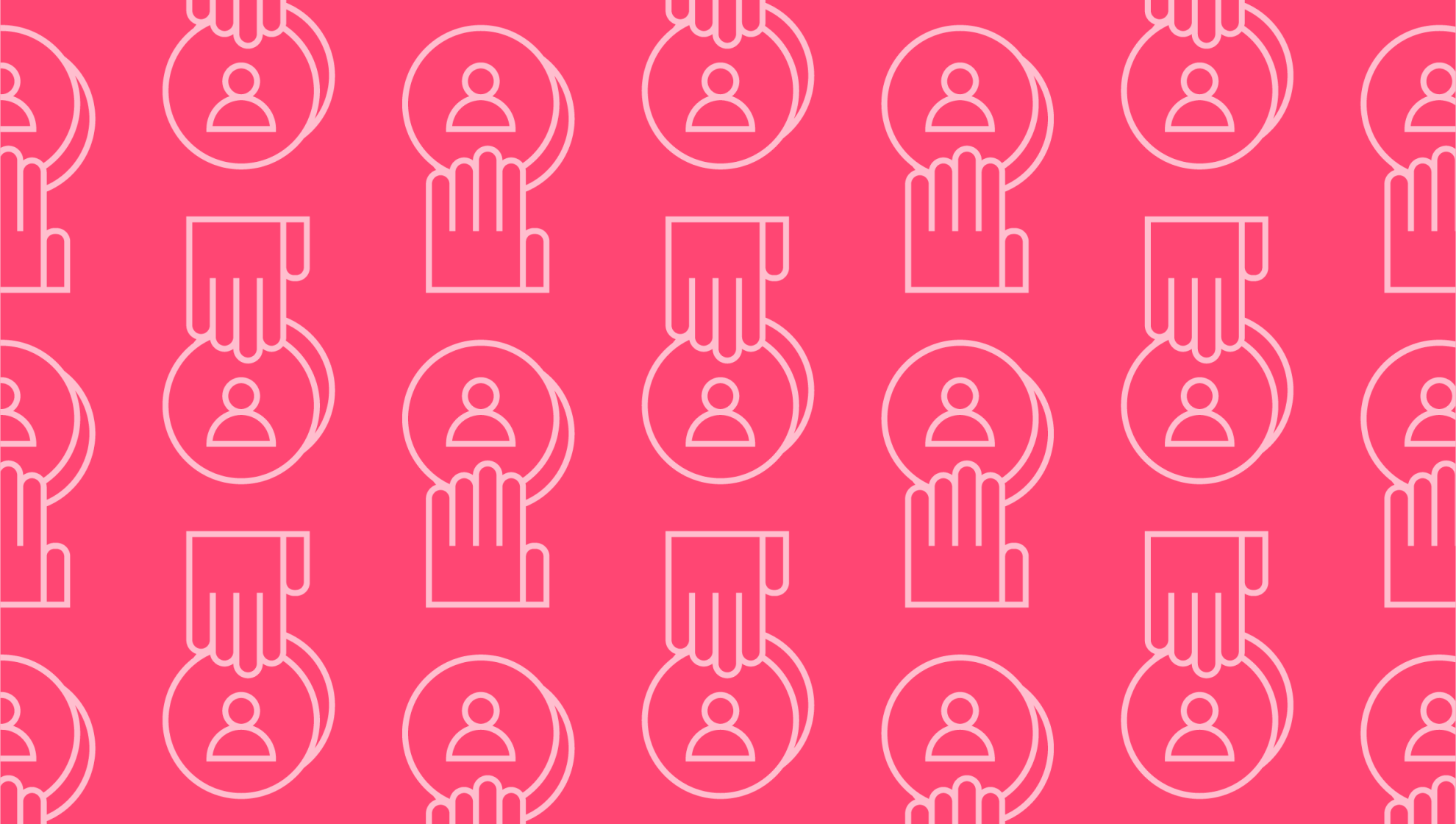
How to create a personal finance management (PFM) app
Last editedMay 20233 min read
We live in the era of personal finance. According to a Juniper Research report, the total number of digital banking users will exceed 3.6 billion by 2024, up from 2.4 billion in 2020. That’s a 54% increase.
People are now, more than ever, in control of their finances, leaving nothing to chance, and they partly owe that to Personal Finance Management (PFM) apps.
The banking industry has been going through a metamorphosis for the better part of a decade, with financial technology redefining the way we understand, conceive and interact with our finances. What used to be a legacy industry, traditional and rigid, was suddenly transformed into one of the most diverse and exciting sectors of the economy.
Consumers were no longer on the outside looking in, but were given the chance to take an active role in the way they manage their finances.
But consumers were not the only ones to benefit from the banking evolution. The emergence of the open banking concept, coupled with the development of Personal Finance Management (PFM) apps, allows financial institutions to go deeper than just their own mobile banking and apps.
By cross-referencing account data with third-party information, banks can tap into a larger pool of customer data and use it to generate real-time insights that are tailored to each individual customer.
What is a Personal Finance Management (PFM) App?
A Personal Finance Management (PFM) app is a mobile or web-based application that centralises the financial information, activity, and control of a user. Logging in to the app, the user can:
view their account balance
send money
set up standing orders
get spending reports
create budgeting filters
enable transaction notifications
and more
The benefits of personal finance management apps come in many variations. Some of the most obvious are:
access all information with ease and convenience on your phone
no more waiting in bank branch queues or long phone calls with your banker
everything is in one place
no need to save papers or docs, everything is saved digitally
From a business standpoint, financial institutions are now better positioned to serve their customers:
they can analyse customer behaviour and offer personalised products and services
they have more ways to establish better customer retention
they can cut costs on customer service personnel as users can get answers using in-app chatbots
Personal finance management apps are the foundation of the new banking era, the medium by which users and financial institutions communicate and interact with. But what does it take to create a PFM app?
How to create a personal finance management app
If you have never tried to build an app, it’s important to note that there’s a lot on your plate. Mapping it out, explaining features, coming down with a design and of course, developing it are lengthy, multi-layered processes. Here are some tips on how to build one.
Find the right open banking API provider
Before you venture into anything else, it is critical that you decide on your open banking API provider.
Being part of an open banking ecosystem is not only critical for the entire experience, but the foundation upon which you’ll build your app. You need to ensure that the tech used to build the app is tried, tested, and secure.
Decide on the features
This could be explained as simply as “what do you want your app to do?” Conducting market research is essential to see what the market standard is at the moment and what you can do to surpass it. Creating an app that simply shows a bank balance and allows you to send money will hardly make for a competitive product.
Here are a few things to consider:
Tax calculation and guidance: This is a subject not many people want, or have the knowledge to deal with, but it would be great to have an app to inform and remind you about your tax obligations.
Investment suggestions: you enter your risk profile filter on the app, and the algorithm gears its recommendations to fit your profile. For example, a riskier user can get notification on bitcoin movement, or new financial instruments.
Customize spending categories: This is a widely used feature, but it can be taken a step further. Allow people to add images to their college account, celebrate milestones, and urge them to resist withdrawing money before reaching the goal.
It’s clear that there is a lot of detail that goes into deciding and explaining these features, which is exactly what will give the competitive advantage over your competitors.
Spend time on design
Design is one of the most underrated components of any brand, product, or service we love out there.
What seems like a simple colour, line, curve, or pattern has hours of thought and research behind it, which is exactly why you should dedicate some time to developing the design for your app.
Here are some areas you should put your time and effort into:
Clean and minimalistic — Nobody likes too many colours and shapes crammed on their phone. Less is more.
Navigation — Successful smartphone companies have mastered the art of navigation. Everything is where it’s supposed to be, and you only need a few clicks to get to your destination. Design helps the user journey with carefully crafted menus, CTAs, and commands.
Onboarding — No one wants to lose users before they even register. Keep the onboarding process simple, fun, and easy to complete.
Use positive reinforcement in your UX copy — The content on the app is minimal, but its impact can be huge. Congratulate people when they save money, makes them feel proud. Try to turn an action into a habit by suggesting automated savings.
Use colour strategically — Research the meaning behind colours and use them on action buttons, rewards, or graphs.

